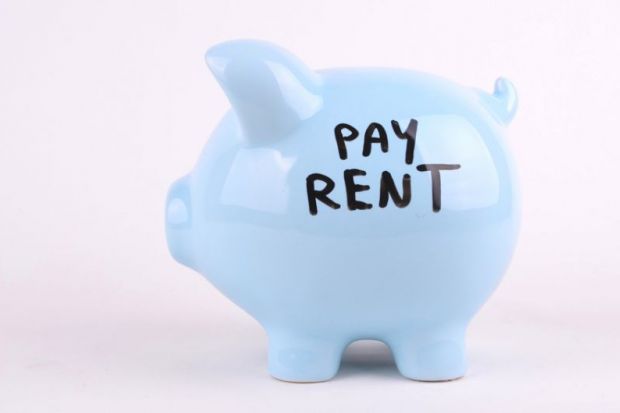Sky-high rents are set to push the real cost of Australian university study through the roof over the next decade, with research suggesting that degrees will set students back by about A$200,000 (£110,000) in current dollar terms.
New modelling has concluded that the average cost of degrees will surge by 23 per cent for students living in their family homes, and 29 per cent for those in shared rental accommodation.
The analysis was conducted by a not-for-profit education finance company called the Australian Scholarships Group. It found that students living independently in 2028 would face average costs of A$140,000 for three-year design degrees, up from A$109,000 now.
Three-year computer science and business studies courses will cost A$151,000 and A$157,000 respectively, the study found. Students will pay A$190,000 for four-year teaching degrees, A$204,000 for engineering, A$212,000 for law and A$269,000 for five years of veterinary science study.
The real cost of six-year medical courses will rise from A$253,000 to A$327,000. For students living in their family homes, degrees will be around 43 per cent cheaper.
The “desktop” research crunched figures from sources including universities, the Education Department, the Australian Bureau of Statistics and the Real Estate Institute of Australia. It predicted changes in costs like accommodation, textbooks, computing, travel, groceries and leisure as well as tuition.
The team based its calculations on assumptions that are conservative by Australian standards. The average student was presumed to be spending about A$18 a week this year on textbooks and stationery, A$7 on computing, A$103 on food and groceries, A$80 on snacks, A$111 on entertainment, A$24 on utilities and A$78 on health, clothing and ancillaries.
The researchers applied indexation formulas, based on average growth rates over the past 10 years, to estimate how these costs would rise over the next 10 years. Tuition fees were projected to rise by about 4 per cent a year and other costs by between 0.35 per cent for stationery and almost 8 per cent for utilities. The exception was computing, which was expected to become about 4 per cent cheaper each year based on recent trends.
The analysis found that living costs would outstrip tuition fees in all eight disciplines modelled, even for students living in their family homes. In relatively cheap fields like design and teaching, living costs would be more than double course costs for students at home and about five times as high for those in shared accommodation.
The findings reflect increasing concern in Australia about the costs of staples, particularly housing and power. While the country pioneered the income-contingent student loans now used in many countries, the loans mostly only cover tuition fees.
ASG chief executive Tim Mitchell-Adams said the real cost of university study in Australia often left students and their families “dumbstruck”.
He said the costs could be particularly high for regional students who had no choice about moving away from the family home. This disparity could become worse, with worries that the government’s recent freezing of university teaching grants will disproportionately hurt regional universities.
Register to continue
Why register?
- Registration is free and only takes a moment
- Once registered, you can read 3 articles a month
- Sign up for our newsletter
Subscribe
Or subscribe for unlimited access to:
- Unlimited access to news, views, insights & reviews
- Digital editions
- Digital access to THE’s university and college rankings analysis
Already registered or a current subscriber? Login






